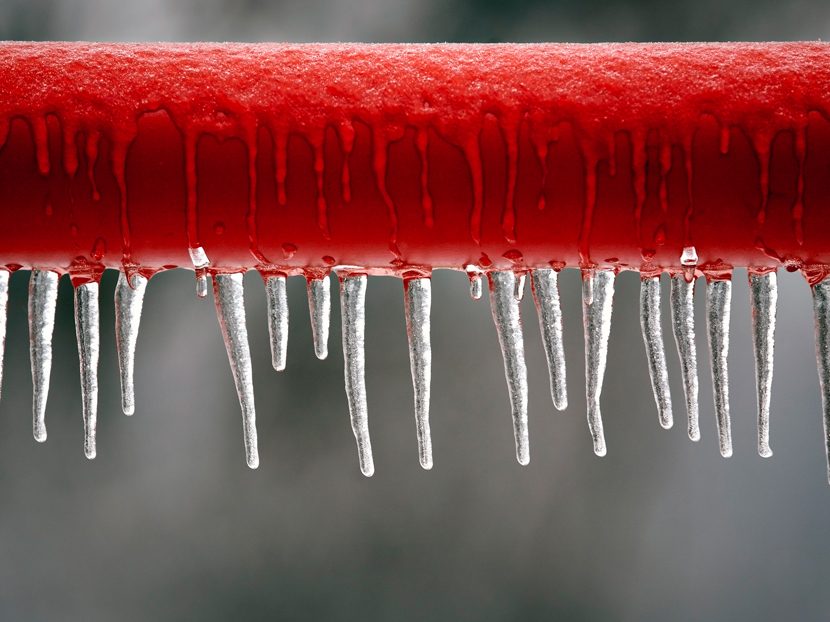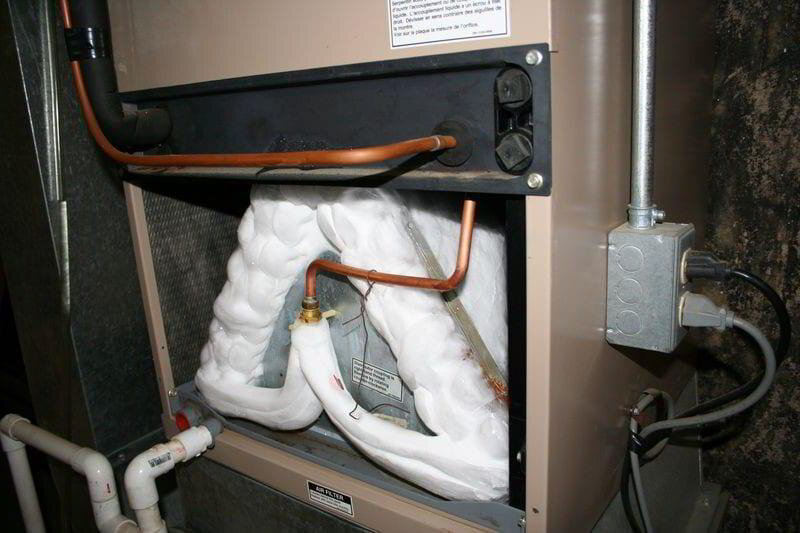Everybody seems to have their personal ideas in relation to How can I fix an air conditioner’s frozen pipe?.

Intro
Discovering that your AC pipe is frozen can be worrying, particularly during warm summer months when you rely on your a/c one of the most. Recognizing what to do in such a situation is critical to avoid further damage to your air conditioning system and guarantee your comfort inside.
Recognizing the Causes
Several elements can add to the freezing of an air conditioning pipe. Comprehending these reasons can help you resolve the issue properly.
Lack of Airflow
One typical root cause of a frozen air conditioning pipeline is inadequate air movement. When the airflow over the evaporator coil is restricted, it can cause the coil to drop below freezing temperature, bring about ice development on the pipeline.
Reduced Refrigerant Levels
Not enough cooling agent degrees in your a/c system can also cause an icy pipeline. Reduced cooling agent degrees can trigger the pressure in the system to go down, causing the freezing of moisture on the evaporator coil.
Cold Weather Conditions
In chillier climates, freezing temperature levels outside can add to the freezing of air conditioner pipes. If your a/c unit is not appropriately shielded or if there are leakages in the ductwork, chilly air can penetrate the system, causing the pipe to freeze.
Dirty Air Filters
Filthy or blocked air filters can restrict air flow in your air conditioning system, resulting in different issues, consisting of a frozen pipe. It's vital to replace or cleanse your air filterings system frequently to make certain proper air movement and stop ice build-up.
Indications of a Frozen Air Conditioning Pipe
Recognizing the signs of a frozen air conditioner pipe is crucial for prompt action.
Minimized Airflow
If you see a substantial reduction in airflow from your vents, it could suggest a frozen pipe.
Ice Buildup on the Pipe
Visible ice build-up on the refrigerant line or the evaporator coil is a clear indication of an icy AC pipeline.
Odd Sounds from the Unit
Uncommon audios, such as hissing or bubbling, originating from your air conditioning unit can indicate that there's ice existing on the pipeline.
Immediate Actions to Take
When confronted with a frozen air conditioning pipeline, it's essential to act quickly to prevent further damages to your cooling system.
Shutting off the air conditioning
The primary step is to shut off your air conditioner to avoid the system from running and exacerbating the concern.
Looking for Blockages
Evaluate the location around the interior system for any kind of blockages that may be obstructing air movement, such as furnishings or curtains.
Defrosting the Pipe
You can use gentle approaches like positioning towels soaked in warm water around the icy pipe to aid thaw it slowly.
Safety nets
Taking preventive measures can help prevent future events of a frozen air conditioning pipeline.
Normal Maintenance Checks
Arrange routine maintenance talk to an expert HVAC technician to make sure that your air conditioning system is running effectively.
Altering Air Filters
Regularly replace or cleanse your air filters to stop air flow limitations and maintain optimum efficiency.
Shielding Exposed Pipes
If your air conditioning pipes are exposed to cold temperature levels, think about insulating them to stop cold throughout winter season.
Seeking Professional Help
If DIY methods stop working to settle the problem or if you're unclear about how to proceed, it's finest to look for aid from a certified HVAC technician.
When DIY Methods Fail
If your efforts to thaw the pipeline or address various other problems are unsuccessful, it's time to call in an expert.
Significance of Hiring a Professional HVAC Technician
A qualified HVAC professional has the know-how and tools required to identify and fix concerns with your AC system safely and properly.
Final thought
Taking care of an icy a/c pipeline can be an aggravating experience, yet knowing just how to respond can aid decrease damage and recover comfort to your home. By comprehending the reasons, identifying the indicators, and taking punctual action, you can effectively address the problem and prevent future events.
What to Do If Your AC Line Is Frozen
Make Sure All Supply and Return Air Vents Are Open
If you notice problems with airflow, the first thing you should do is check your supply and return vents. Supply vents distribute clean, conditioned air throughout your home. As this air becomes stale, it’s pulled into the return vent, where it’s reconditioned before being sent back out through the supply vent.
When these vents are closed, air won’t flow in the home. Before examining your AC, check the vents in every room and ensure they’re all open.
Check for a Dirty Air Filter
Another possible cause of limited airflow is a dirty air filter. Your air conditioner’s filters catch elements you don’t want to breathe in, such as dirt and dust. Over time, filters can become clogged, ultimately blocking air from flowing in and out. The lack of airflow can then cause the entire coil to freeze and will completely restrict any air from moving through it. The AC may need to be powered off for one to two days to allow the coil to thaw after replacing the filter to allow proper functioning of the unit. This debris can also accumulate on your AC’s evaporator coil, requiring a more serious repair. In general, air filters should be cleaned regularly (about every two weeks).
Assess Your Outdoor Unit
In addition to checking your AC, assessing the outdoor unit is a good idea. Also known as the condensing unit, it works with your interior unit to release heat outside. An issue with the outdoor unit can result in rising internal temperatures.
Overgrown Shrubs or Clogged Leaves
From leaves and twigs to shrubs and debris, there’s no shortage of outdoor elements that can accumulate around your condensing unit. When these elements get lodged inside the unit, they can block airflow. Fortunately, removing the blockage can solve the problem.
Sounds of a Broken Fan
Shrubs and leaves aren’t the only things that can impede your outdoor unit’s airflow. If the fan is broken, the unit won’t be able to properly get rid of heat — which means the internal temperature won’t go down. First, make sure the fan is spinning. If it is, check for the following sounds of a broken fan:
- Buzzing
- Rattling
- Screeching
- Hissing
- Clicking
Preventative Measures
Nobody wants to deal with a frozen AC line. In addition to causing problems with your air conditioner, they require professional repairs. On the bright side, there are preventative measures you can take to help ensure this issue doesn’t arise in the first place.
https://www.coopergreenteam.com/blog/what-to-do-if-ac-line-frozen

I'm just very enthusiastic about How can I fix an air conditioner’s frozen pipe? and I am praying you liked my blog posting. Sharing is caring. One never knows, you might be helping someone out. Thank you so much for going through it.
Book Service Now
Comments on “The Air Conditioner Pipe Is Completely Frozen - What Do I Do? Guidance for Resolution”